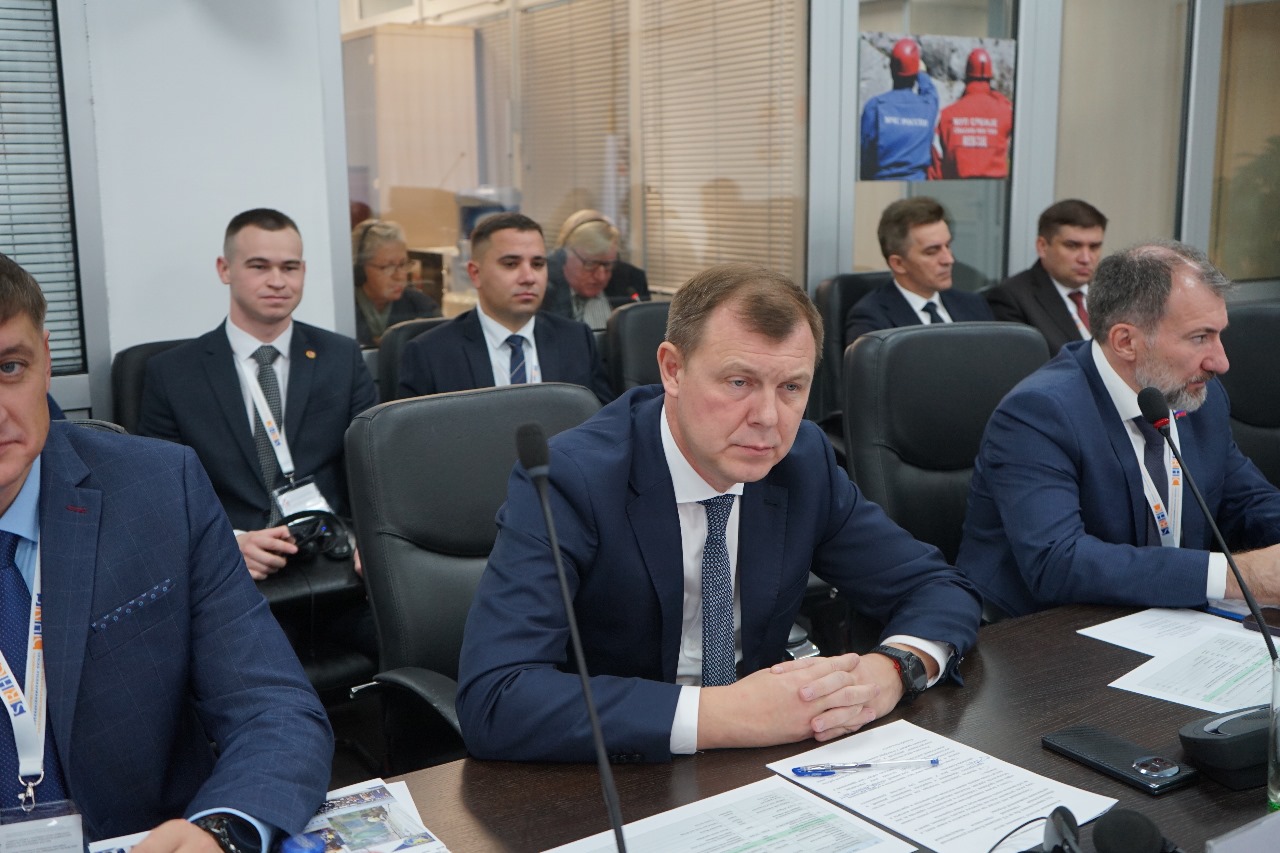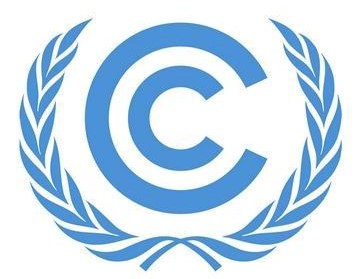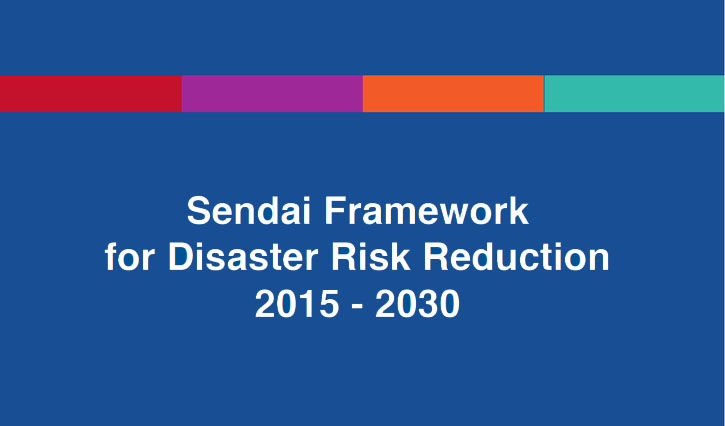The Center joined the scientific and educational committee of the ICDO
From September 24 to September 27, 2024, at the invitation of the ICDO, the Director of the Center S. Aubakirov took part in the 7th meeting of the heads of institutions - members of the Scientific and Educational Committee (SEC) of the ICDO, in the city of Nis, Republic of Serbia.
The meeting of the Committee was attended by more than 30 scientists from specialized educational institutions of civil protection from 9 countries, such as Russia, Belarus, Armenia, Algeria, Egypt, Tunisia, Kazakhstan, Kyrgyzstan, Azerbaijan.
The main goal of the meeting was the exchange of best practices and capacity building of civil protection institutions.
The opening speeches were given by the Head of the Civil Defense Academy of the Russian Emergencies Ministry - Chairman of the SEC of the ICGO Viktor Vladimirovich Panchenkov, Director of the Russian-Serbian Humanitarian Center Boyan Kostic, Head of the St. Petersburg State University of the State Fire Service of the Russian Emergencies Ministry Bogdan Vasilyevich Gavkalyuk, Head of the Academy of the State Fire Service of the Russian Emergencies Ministry Vyacheslav Sergeevich Butko, Director of the Russian Armenian Center for Humanitarian Response Alexey Evgenievich Butyrsky, Director of International Cooperation of the Permanent Secretariat of the ICGO Saltanat Tashmatova, and other heads of institutions - members of the SEC.
At the meeting, members of the Scientific and Educational Committee of the ICDO discussed the results of work and development prospects, the draft international curriculum of the ICDO for 2025, in addition, new members were admitted to the Scientific and Educational Committee, as well as the election of the chairman and executive secretary.
The decision of the SEC members to admit the Center to the Scientific and Educational Committee of the ICDO was unanimous!
Following the meeting, the minutes of the VII meeting of the heads of institutions-members of the SEC of the ICDO were signed.
As part of the Committee meeting, an International Scientific and Practical Conference was held on the topic: "Firefighting and emergency rescue operations in the aftermath of road accidents involving electric vehicles". During the conference, demonstration practical classes were held on the topic: "Elimination of the consequences of road accidents involving electric vehicles", the participants also learned about the possibility of training specialists in the field of firefighting, prevention and elimination of consequences of emergency situations at the Russian-Serbian Humanitarian Center using training and simulator complexes and classrooms (https://drive.google.com/drive/mobile/folders/1epDIFrZtLav1rFVvN3XPR7VPyeBMDbXQ).
The relevance of this topic is obvious against the background of the progressive growth of the introduction of alternative, environmentally friendly power sources into the life of humanity.
At the same time, the fires that occur in electric vehicles have revealed a number of problems and differences from fires in conventional cars with internal combustion engines, which cannot but cause concern in scientific and practical circles in the field of preventing and responding to such fires.
The negative trends include the composition and design features of lithium-ion batteries, the destruction of which causes a number of processes accompanied by the release of highly toxic and self-igniting substances and gases, leading to the release of a large amount of heat and a chain reaction of transition from one battery block to another ("thermal runaway"). All this is accompanied by a series of explosions, flare and protracted combustion, which is sometimes impossible to extinguish in several tens of hours. According to various sources, from 10 to 20 tons of water are required to completely stop the combustion.
All of the above raises a number of questions for specialists:
- How and with what to extinguish?
- How to break the chain of "thermal runaway"?
- Where to get large volumes of the required water flow?
- What will happen to the parking lots and apartments above them if the fire resistance limit of the interfloor ceiling is calculated for 2.5 hours, and the electric car burns for tens of hours?
All of this emphasizes the relevance of the given topic of the conference and prompts further research and development of practical extinguishing skills.
Annex:





































































